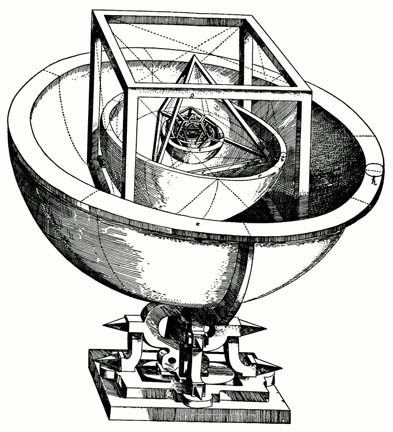
THE MOONS OF MARS
Jonathan Swift
Gulliver's Travels (1726)
from Book III, chapter III
They [Laputans] spend the greatest part of their lives in observing the celestial bodies, which they do by the assistance of glasses, far excelling ours in goodness. For, although their largest telescopes do not exceed three feet, they magnify much more than those of a hundred with us, and show the stars with greater clearness. This advantage has enabled them to extend their discoveries much further than our astronomers in Europe; for they have made a catalogue of ten thousand fixed stars, whereas the largest of ours do not contain above one third part of that number. They have likewise discovered two lesser stars, or satellites, which revolve about Mars [empahsis added]; whereof the innermost is distant from the centre of the primary planet exactly three of his diameters, and the outermost, five; the former revolves in the space of ten hours, and the latter in twenty-one and a half; so that the squares of their periodical times are very near in the same proportion with the cubes of their distance from the centre of Mars; which evidently shows them to be governed by the same law of gravitation that influences the other heavenly bodies.
---
Johanes Kepler, Mysterium Cosmographicum (1596)
